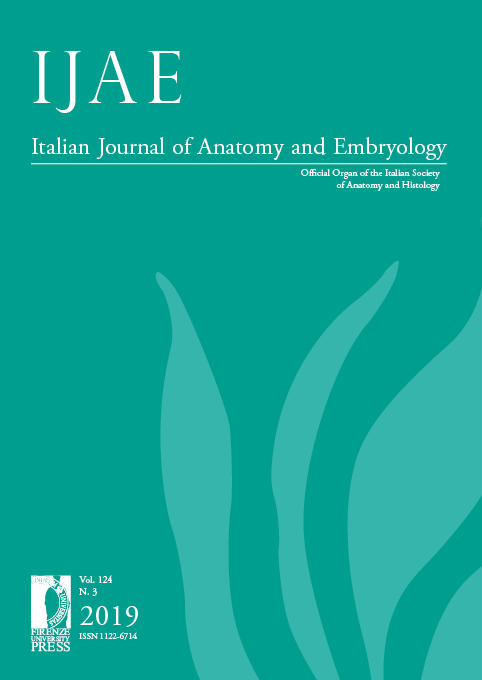Anatomic variations of the upper biliary confluence and intra-hepatic ducts in East-central Tunisian population
Published 2020-05-20
Keywords
- Anatomic variations,
- Cholangiography,
- Intrahepatic ducts,
- Upper biliary confluence
How to Cite
Abstract
Introduction The anatomy of the biliary tract includes a considerable number of variations that may be explained by the hepato-biliary tract embryology. The in-depth knowledge of this anatomy is essential for a good interpretation of conventional radiology imaging, and, especially for a good practice of hepato-biliary surgery. Several imaging techniques allow us to study the biliary tract anatomy. Our purpose is to study of modal anatomy (most frequent) and anatomic variations of biliary tract through interpretation of post-operative cholangiograms. Materials and Methods It is a retrospective monocentric observational study. It concerned every patient who had a hepato-biliary and/or pancreatic surgery in Farhat Hached University Hospital from 2007 till 2016, and who have had at least one post-operative cholangiography. A data form has been filled for every patient. Results Out of a total population of 293 patients, we encountered 17.4% of variations of the upper biliary convergence divided into 7 patterns. Concerning intrahepatic bile ducts, we observed branching variations for segments 4, 5, 6 and 8 in respectively 3.5%, 4.1%, 1.7% and 1.7% of cases. Conclusion Both intra- and extrahepatic biliary anatomy is complex with the existence of many common and uncommon anatomic variations. Intra-operative cholangiography constitutes an accurate tool to detect these anatomic variants and is therefore crucial in the practice of hepato-biliary surgery especially after the advent of a variety of new techniques in this field. However, it also necessitates a more widespread and appropriate knowledge of these anatomic variations.


